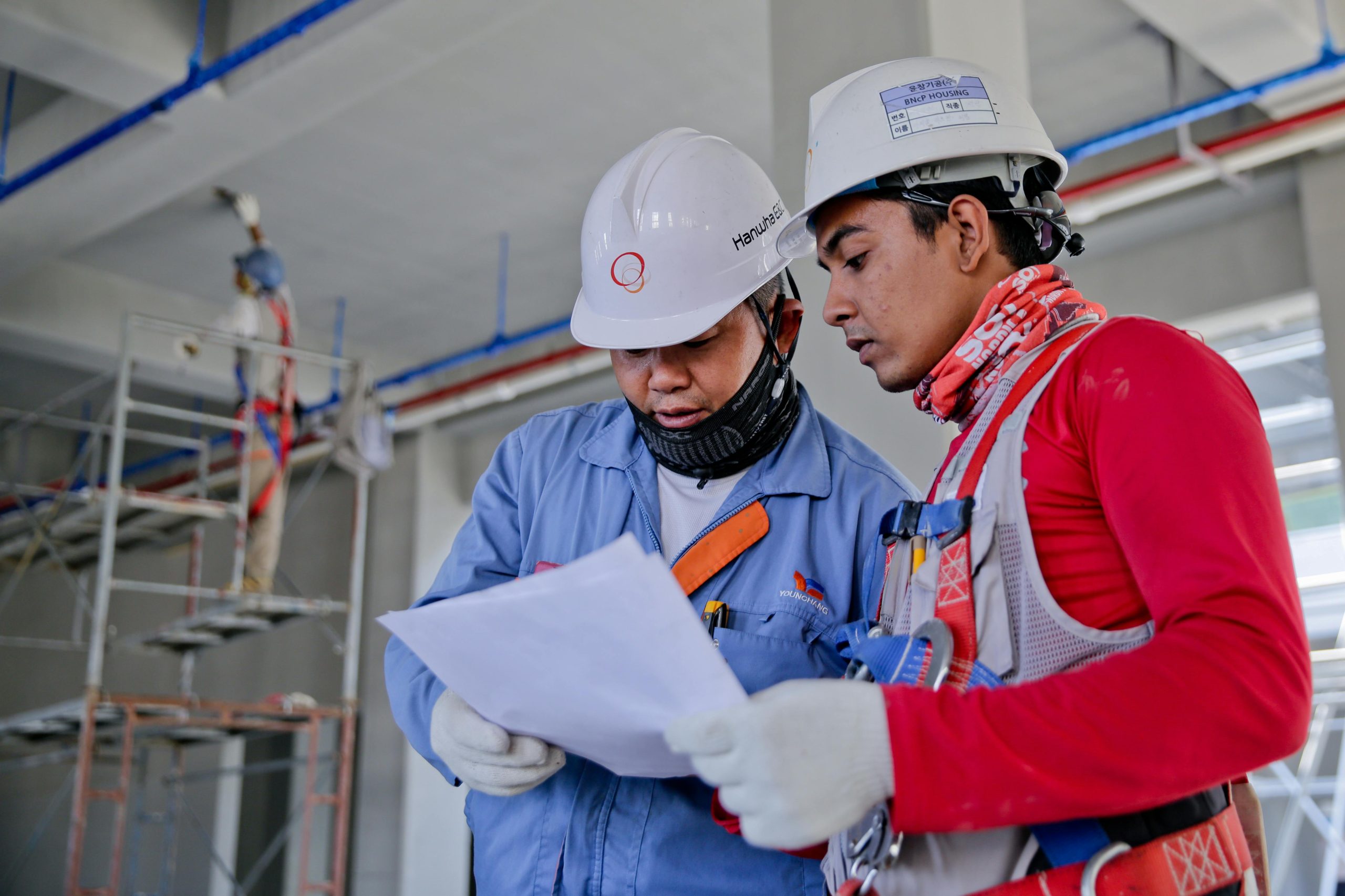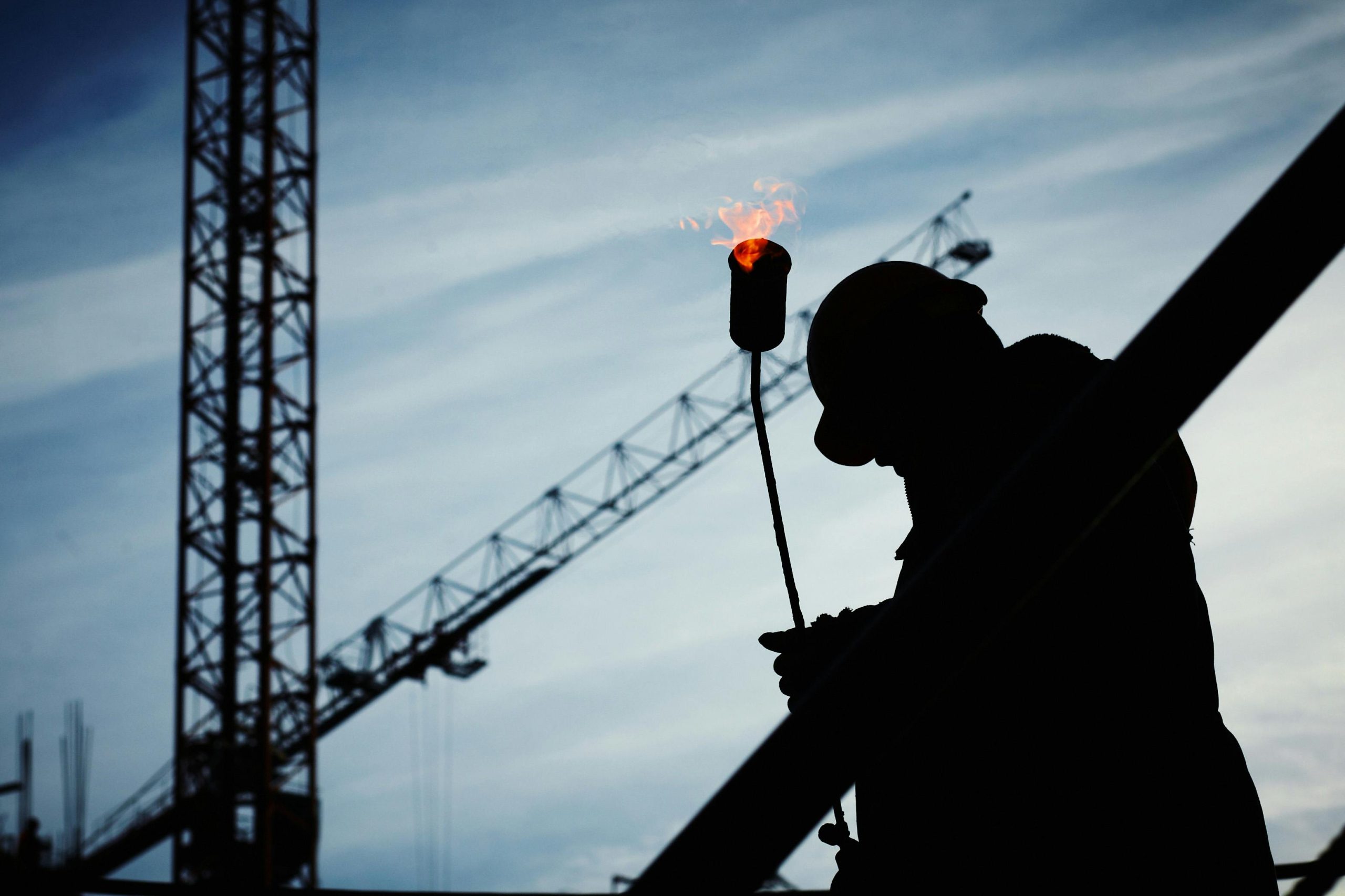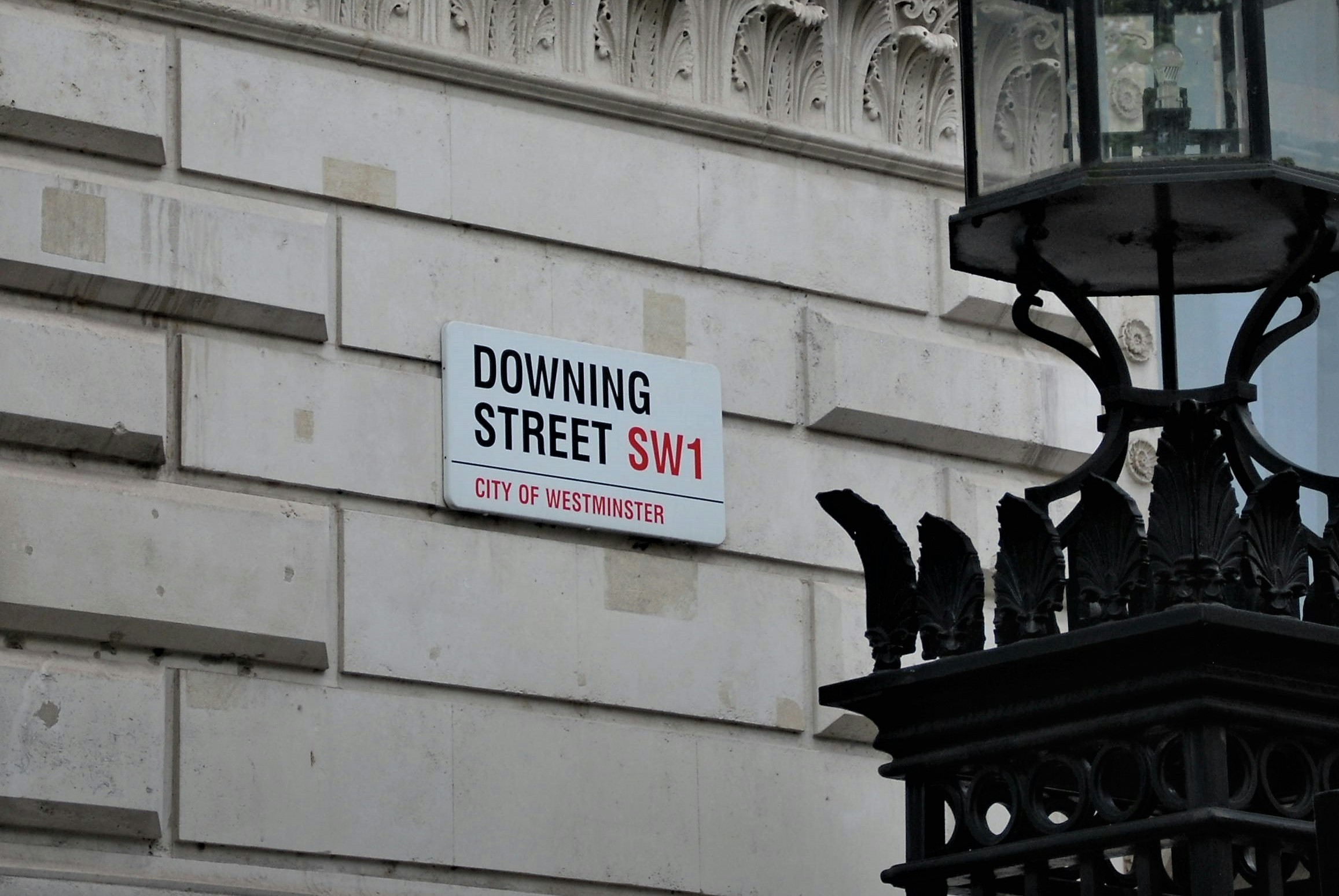ARTICLE
Getting the community on side
It’s not uncommon for there to be some friction from community groups when it comes to property or construction works happening near to where they live. NIMBYism is something we see time and time again affecting a lot of our property and construction clients, and it often comes from a lack of communication or information. Whether it’s right at the planning stage, or after a significant build milestone, communications will be central to keeping the community on side.
Often fuelled by a lack of understanding, or a communications void, not engaging with those living near to your project site is no longer an option.
Following CECA Midlands’ Social Value conference, it was clear that social value and community engagement come hand in hand. Many tenders now stipulate very stringent social value reporting methodology, something which community engagement would go some way in supporting, while paving the way for a smoother development programme.
Here are our top communications considerations for engaging effectively with your communities:
1. FIND OUT WHO YOU’RE TALKING TO
Carrying out some stakeholder mapping will be essential to your communication success. Who are your advocates? Detractors? Biggest champions and biggest hurdles? Importantly, who is talking the loudest?
Local audiences often include: local residents (including associations), local businesses, community leaders and MPs, NGOs and social enterprises, as well as sometimes the emergency services.
2. FIND OUT HOW THEY CONSUME INFORMATION
Do you know your stakeholder groups like to receive information? Conducting some local research is always helpful to ensure your content and communications are hitting the right people, in the right format at the right time.
Are town halls the answer? Is the local MP active? If so, MP letters might be more appropriate. Potentially local media, online Q&As, or feeding through plans on social media could have better cut through. Not to mention the use of video for quick, personal updates on project programmes.
When considering engaging with a whole community, it’s likely that no single channel will work for everyone, but an integrated approach is required
3. WHAT TO SAY
Transparency is always key and understanding the scale and scope of projects, and being able to articulate these well will help with smooth project delivery. Not only that, but being clear with what the key messages are is essential.
Things to consider:
- Project / development timelines
- Project / development details
- Paint a positive picture – what does it mean in terms of jobs, investment, benefits, wealth creation
- How you’re going to tackle any local disruption
- Any s106 agreements that have been made to accommodate your project
More than anything, communications messages must be consistent across all channels.
4. HOW TO PROVIDE UPDATES AND GATHER FEEDBACK
Ensuring you’re in dialogue with the community is a good idea. This will allow you to provide project updates from initial plans right through to completion. It’s recommended that set update timelines are agreed. For example, each quarter, or half yearly depending on project / development length. These could be published and updated on a dedicated microsite, if the project size warrants it.
In doing so, regular feedback can be gathered, and it stops hearsay or untruths from getting out of hand. Queries and concerns would be nipped in the bud immediately and key messages focused on only.
Feedback can be gathered in survey form, town hall style meetings, through a ‘resource hub’ or portal with key information and updates, suggestion boxes in local amenities such as local shops, newsletters and more. Ensuring your approach is also sensitive and inclusive to different cultures will also ensure you have maximum buy-in from local people.
5. DO SOMETHING DIFFERENT
Understanding your community’s concerns and queries is one thing, but really, really listening to them, and then taking action, is another. Property developers shouldn’t shy away from doing something a little different.
For example, if higher levels of crime are the concern, you can consider engaging with local police force, funding new security initiatives in the area such as additional security patrols.
If increased traffic is the concern, you can think about funding traffic management systems across a wider area.
For environmental queries, there are so many options that could help satisfy the worried from the local community.
Whether it’s getting the basics right or pushing the boat out with a few more bespoke initiatives, there is one thing that’s clear, ignoring the communities in which you’re building is not an option.
For more information about getting your communications right, get in touch with our team of property and construction specialists.
Looking for more?
Sign up to our “Pearls of Wisdom” newsletter here.











